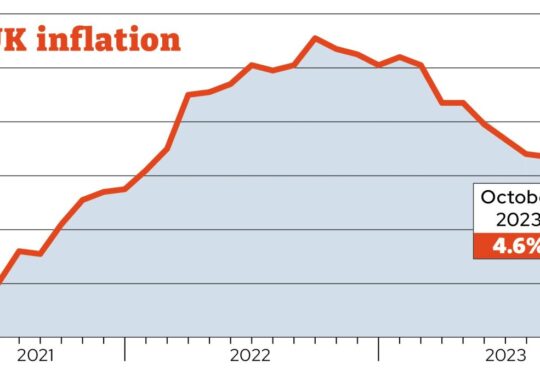
Throughout 2022 and into 2023 so far, a new surge of industrial action has taken place in countries such as France, Portugal, Greece, Germany, and the Netherlands, after a long-term decline in trade union activity across Europe.
The picture has shifted from Dutch farmers protesting about emissions cuts, and the Portuguese demanding a response to the housing crisis, to the familiar scene of French pension reform opponents occupying headlines internationally since the beginning of the year.
For this ‘new wave’ of labour activism, two factors have acted as catalysts: the pandemic, and the current cost-of-living crisis, according to an analysis by the European Trade Union Institute (ETUI).
Despite some scarcity of data, this new upsurge can already be seen in countries such as Belgium, where the number of days not worked in the first half of last year exceeded the total for 2021. And even in countries where industrial action is less common, such as Germany and the Netherlands, there has been a boom in stoppages in recent years, compared to the early 2000s.
Whether these strikes will grow and reach sectors that are less unionised will depend on the response of governments to the current crisis, the capacity for mobilisation of their workers, and even historical and cultural factors linked to trade union traditions in each member state.
In fact, despite peaks in 2002, 2010 and 2019, “strike activity in most CEE countries stands at a very low level”, says the ETUI report, Wages and Collective Bargaining: Fighting the Cost-of-Living Crisis.
The trend has been downwards since the beginning of the century. In the first decade of the 2000s, the volume of strikes was high in Denmark, Spain, Italy, Greece and France, where the average days not worked range from 88 days in Italy to 196 in Greece.
With the available data from 2020 to 2021, only France remained at this level, with an average of 79 days not worked, as can be seen in the map made by the institute.
Why the decline?
“As most of the strikes are organised by unions, the long-term decline is [partly] due to a fall in union membership in most European countries”, ETUI senior researcher Kurt Vandaele explained to EUobserver.
From 2000 to 2016 (the period up to which data is known), trade union affiliation has fallen by more than four million in Europe. The plunge has been massive in some member states, such as the Czech Republic (-32.1 percent), Latvia (-32.8 percent), Slovenia (-35.2 percent), Romania (-37.0 percent), Hungary (-39.6 percent), Estonia (-43.0 percent) and Slovakia (-43.7 percent), partly due to the end of compulsory membership in the 1990s, although the trend continues.
In contrast to these drops, other countries such as Italy and Iceland have seen their enrolment grow by around 11 percent.
A second reason lies in what experts call the ‘tertiarisation’ of industrial conflict, i.e. the increase in strikes in the service sector, and the decline of strikes in sectors such as industry, which have a longer tradition of unionisation.
Historically, trade union membership in Europe has been concentrated in the public sector (education, health, etc.), followed by manufacturing and private services.
“As the average size of establishments tends to be smaller in the private services sector, this upgrading implies a lower likelihood of unionisation”, says another ETUI report. But the true cause behind this falling trend is the weakening of workplace unions.
Without representatives, these workers do not have a figure who can identify problems, hold dialogue on their behalf, make them aware of social injustices, or give them the tools to defend their rights and raise their demands.
The same goes for the young. “Unions are not present in all sectors where young people are working, which makes it difficult for them to join unions,” Vandaele points to as the main obstacle for young people.
The figures also back this up: in recent years, the number of young people who have joined a trade union has fallen in most European countries, and the average age of members is higher than that of the average age of employees.
Sectors such as the digital platform economy (with no strong trade union presence) and a high level of temporary employment in some European countries also hamper the long-term membership and retention of these workers, adds the researcher.
From his findings, looking to the future of the labour movement, everything points to the view that the trade union movement in Europe will have to combine traditional industrial action strikes with other and new forms of workers’ individual and collective action.






